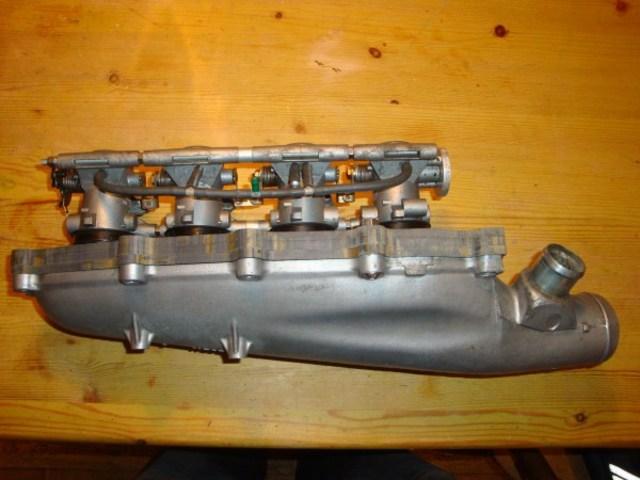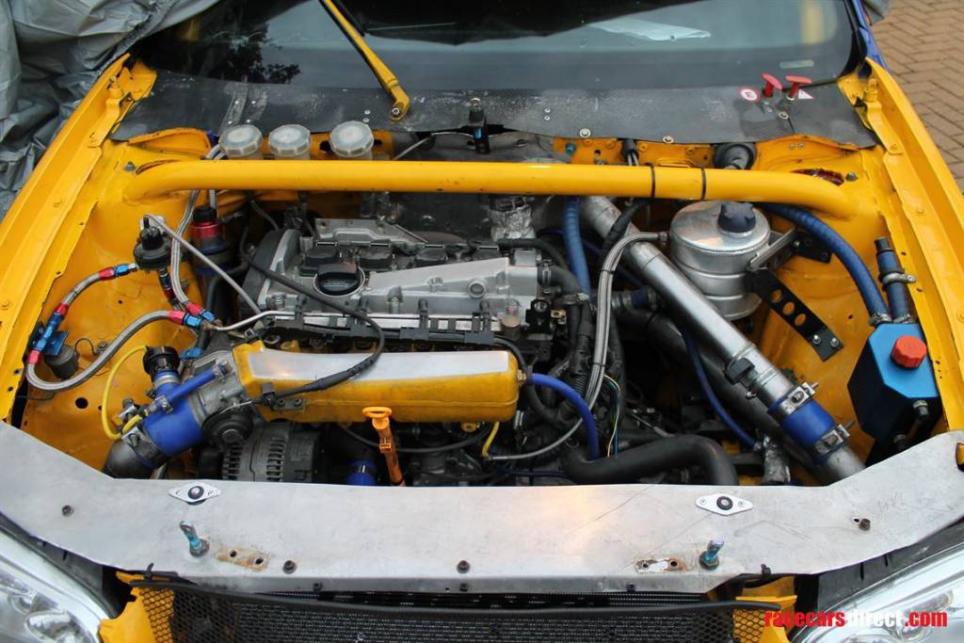Hi Sam and Gary,
Can I ask something about injector flow differences and what are acceptable tolerances of difference?
I watched a video from a professional company that designs and manufacturers injector cleaning machines (I'll have to find it again) but they were quite upfront with saying that any difference in flow between injectors was unacceptable. Basically to scrap them and source new ones.
USRT also advertise 'flow matched' injectors where injectors are individually tested and paired with others of identical flow rate.
The only reason I ask this is that I remember when mine were cleaned and I noticed the vials of fluid were quite different but the cleaner guy said that it was acceptable!?! I don't have exact difference values but it was more than a couple of mm difference. One looked a good 10mm difference.
In my situation I think it was a big deal as the injectors were running at their limit, so they needed to be in perfect working order for max performance.
Sorry for the hijack.
Can I ask something about injector flow differences and what are acceptable tolerances of difference?
I watched a video from a professional company that designs and manufacturers injector cleaning machines (I'll have to find it again) but they were quite upfront with saying that any difference in flow between injectors was unacceptable. Basically to scrap them and source new ones.
USRT also advertise 'flow matched' injectors where injectors are individually tested and paired with others of identical flow rate.
The only reason I ask this is that I remember when mine were cleaned and I noticed the vials of fluid were quite different but the cleaner guy said that it was acceptable!?! I don't have exact difference values but it was more than a couple of mm difference. One looked a good 10mm difference.
In my situation I think it was a big deal as the injectors were running at their limit, so they needed to be in perfect working order for max performance.
Sorry for the hijack.






Comment